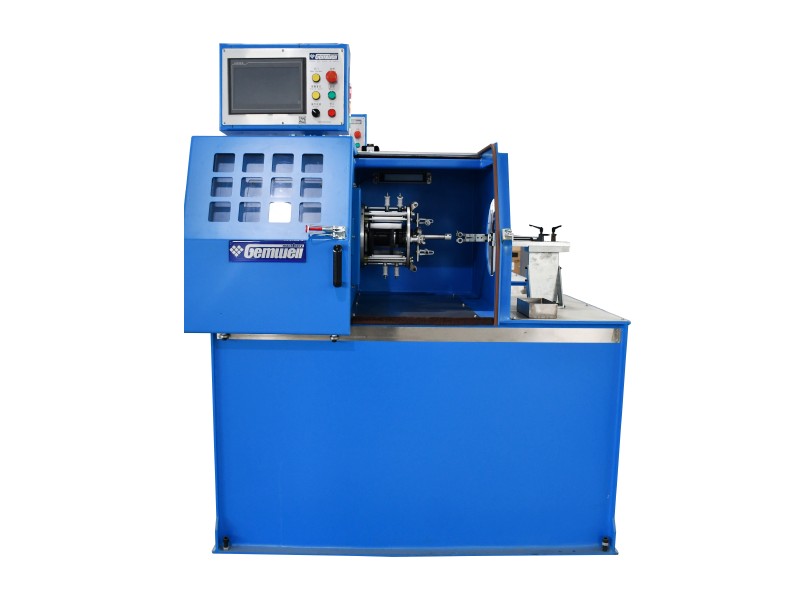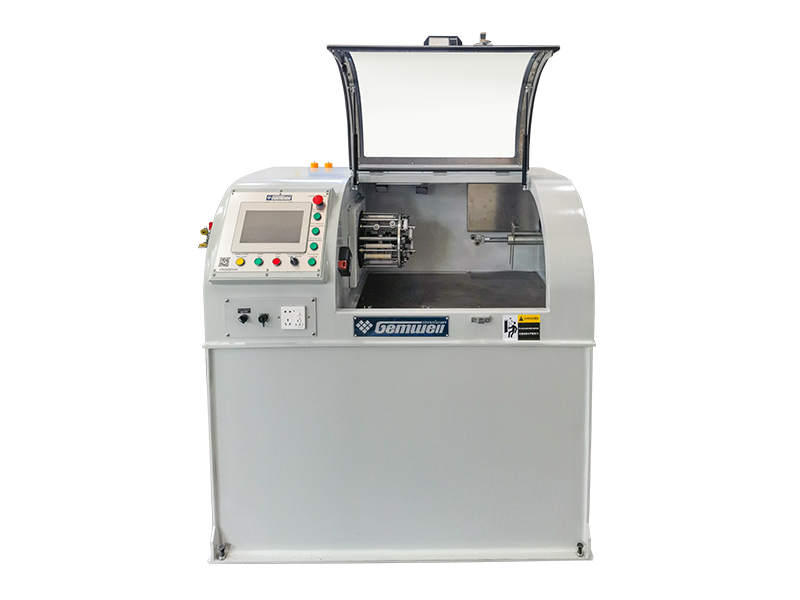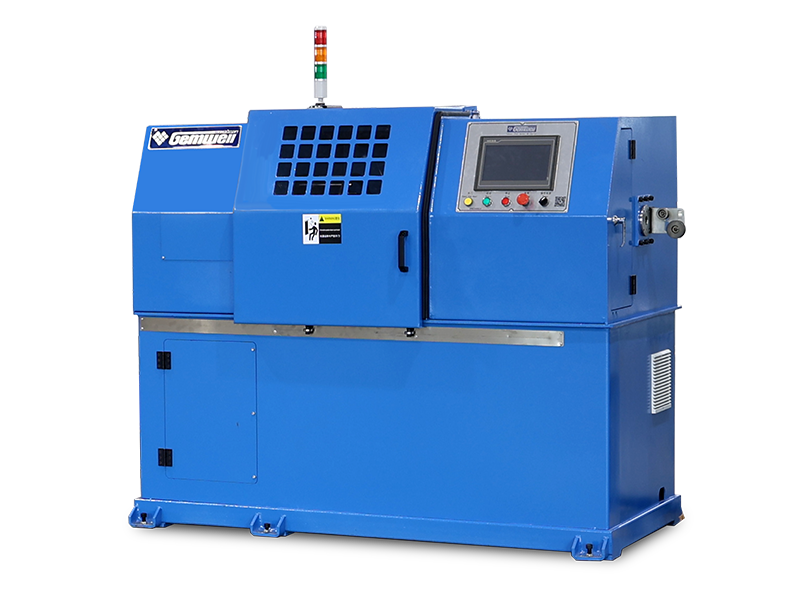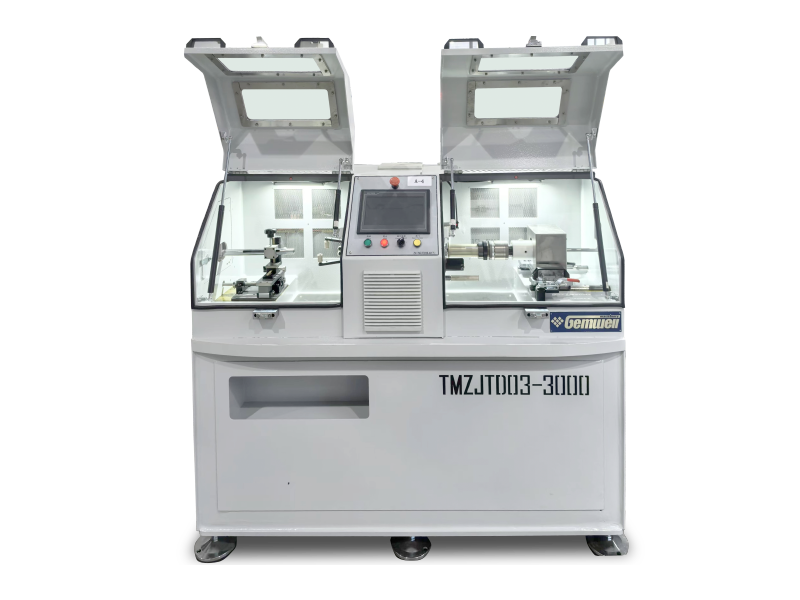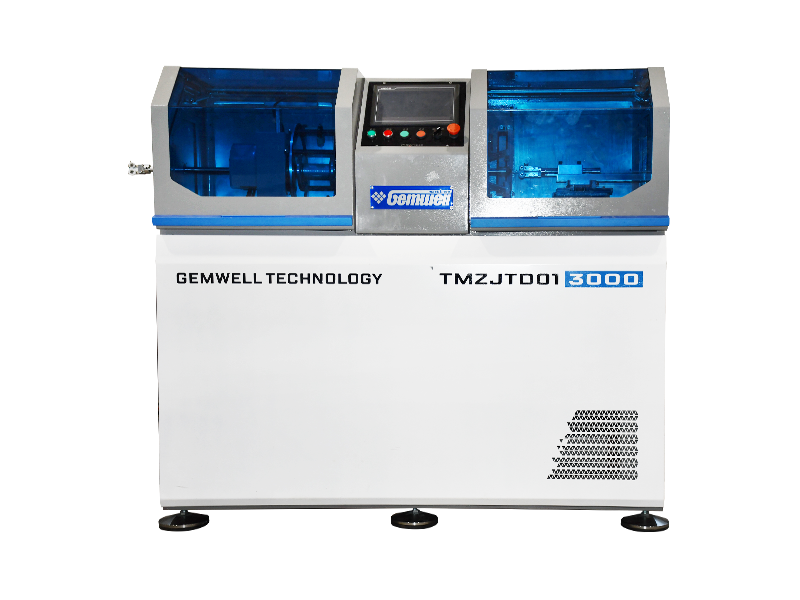An automatic cable taping machine applies adhesive-backed tapes or films precisely onto cables during production. Here's a breakdown of its function and features:
Content
●Core Purpose
▸Insulation/Barrier Layer ulation/Barrier Layer — Wraps tapes (e.g., polyester, PVC, aluminum.g., polyester, PVC, aluminum foil) around conductors to provide electrical insulation, moisture resistance, or EMI shielding.
▸Conductor Binding — Secures stranded wires into a compact shape before jacketing.
▸Fire Protection — Applies flame-retardant mica tapes for fire-survival cables.
●Key Components
▸Unwind Stands — Holds tape reels with tension control to prevent slack or tearing.
▸Guiding System — Aligns tape and cable using laser sensors or servo-controlled rollers.
▸Application Head — Presses tape onto the cable via heated rollers (for adhesives) or cold pressure.
▸Cutting Mechanism — Trims tape at cable ends or during splicing; ultrasonic during splicing; ultrasonic cutters avoid fraying.
▸Overlap Control — Adjusts tape edge alignment for consistent coverage (e.g., 25% overlap).
●Taping Methods
▸Longitudinal Taping — Tape runs parallel to the cable length (common for shielding).
▸Helical Taping — Tape spirals around the cable (flexible for curved paths).
▸Double-Sided Taping — Adhesive on both sides bonds layers (e.g., copper foil + drain wire).
●Automation Features
▸Vision Systems —- Vision Systems — Cameras detect tape gaps/misalignment, triggering auto-correction.
▸Recipe Memory — Stores settings (tension, speed, overlap) for different cable diameters.
▸Jog Mode — Slow-motion adjustment during setup to minimize tape waste.
●Material Compatibility
▸Conductive Tapes — Aluminum, copper foil for EMI/RFI shielding.
▸Insulating Tapes — Polyester, polyimide for voltage isolation.
▸Adhesive Types — Acrylic (general use), thermosetting (high-temp cables), or pressure-sensitive.
●Critical Quality Controls
▸Wrinkle Detection — Sensors halt production if tape folds or bubbles form.
▸Tension Feedback Loops — Prevents tape stretching or breakage during speed changes.
▸Adhesive Activation Monitoring — Infrared sensors verify proper bonding temperature.
●Applications
▸Data Cables — Foil shielding for Cat6/7 Ethernet cables.
▸Power Cables — Mica tape for fire-resistant wiring in buildings.
▸Coaxial Cables — Aluminum tape + braid for signal integrity.
▸Automotive Harnesses — Tapes bundle wires before — Tapes bundle wires before overmolding.
●Operational Advantages
▸Speed — Processes cables continuously at line speeds >100 m/min.
▸Consistency — Eliminates human error in tape alignment/adhesion.
▸Waste Reduction — Precision cutting minimizes tape scraps.
●Common Challenges Solved
▸Edge Curling — Anti-curl rollers flatten tape during application.
▸Adhesive Residue — Non-stick rollers and cleaning cycles prevent buildup.
▸Static Discharge — Ionizing bars neutralize static on non-conductive tapes.
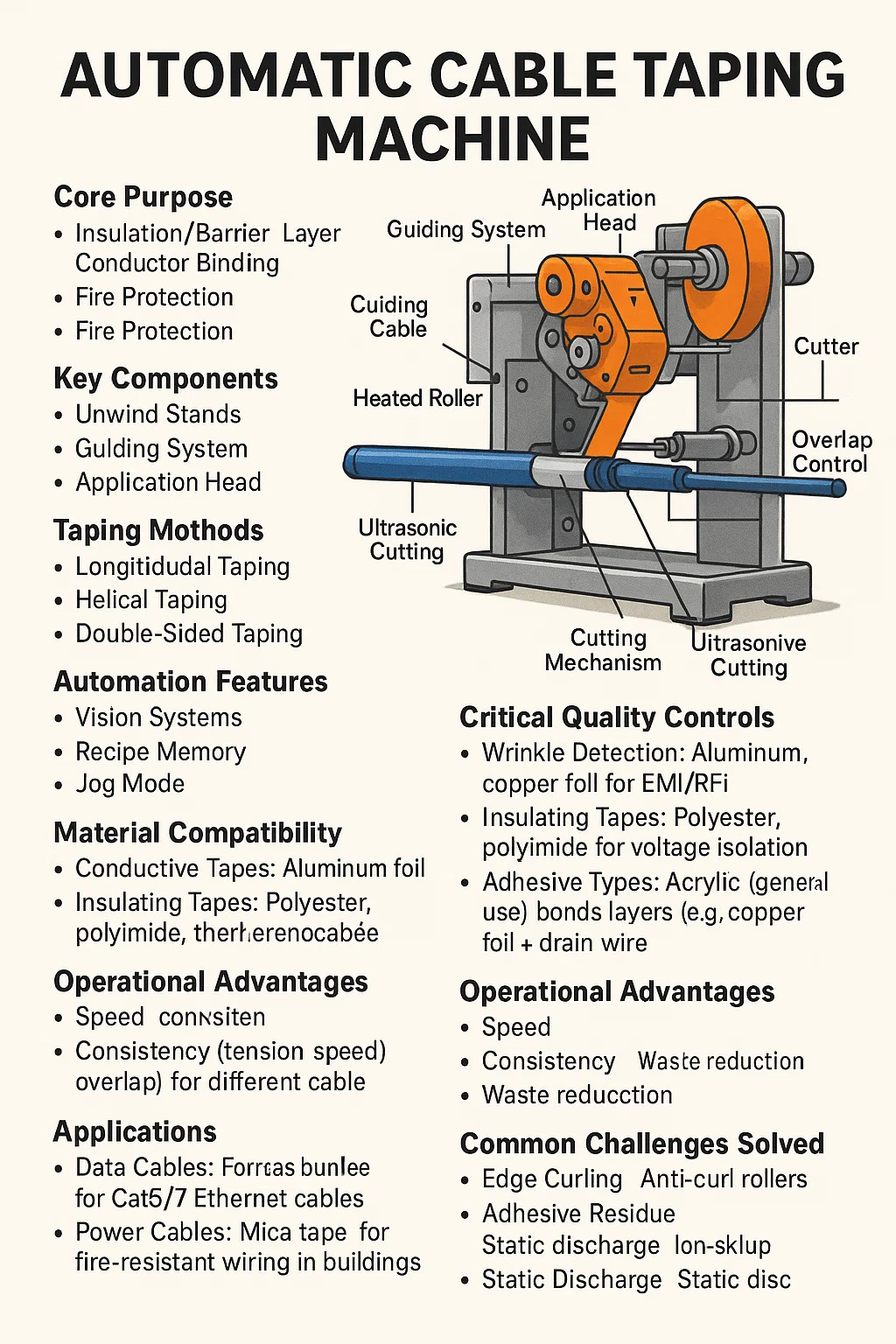
 E-mail: info@gem-cablesolution.com
E-mail: info@gem-cablesolution.com Address: No.8 Yuefeng Rd, High Tech Zone, Dongtai, Jiangsu, China | No.109 Qilin East Rd, Daning, Humen, Dongguan, Guangdong, China.
Address: No.8 Yuefeng Rd, High Tech Zone, Dongtai, Jiangsu, China | No.109 Qilin East Rd, Daning, Humen, Dongguan, Guangdong, China. English
English  English
English русский
русский 日本語
日本語 Español
Español عربى
عربى 中文简体
中文简体


 Related Products
Related Products